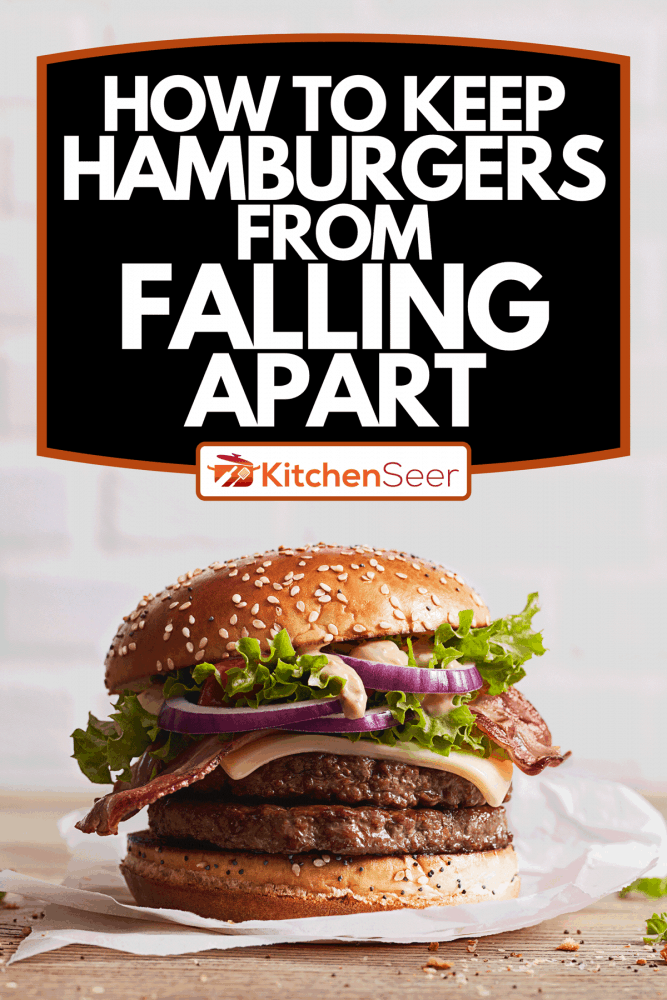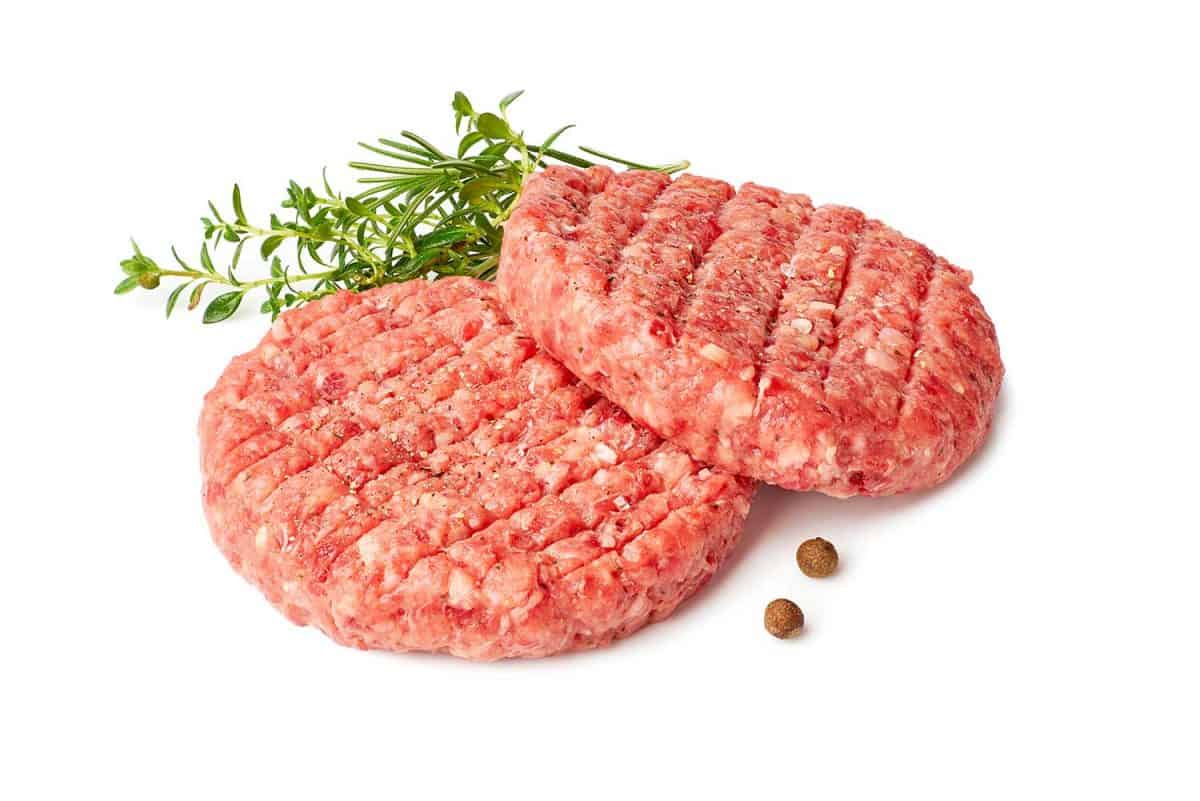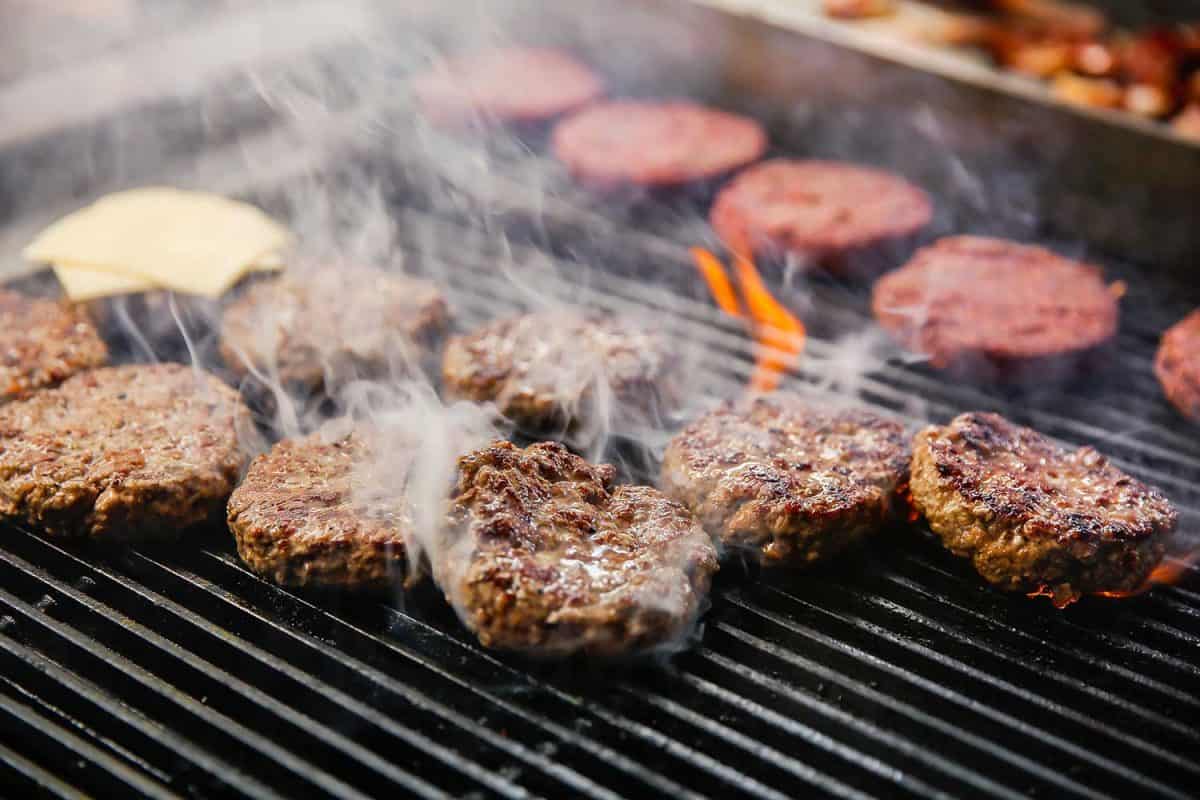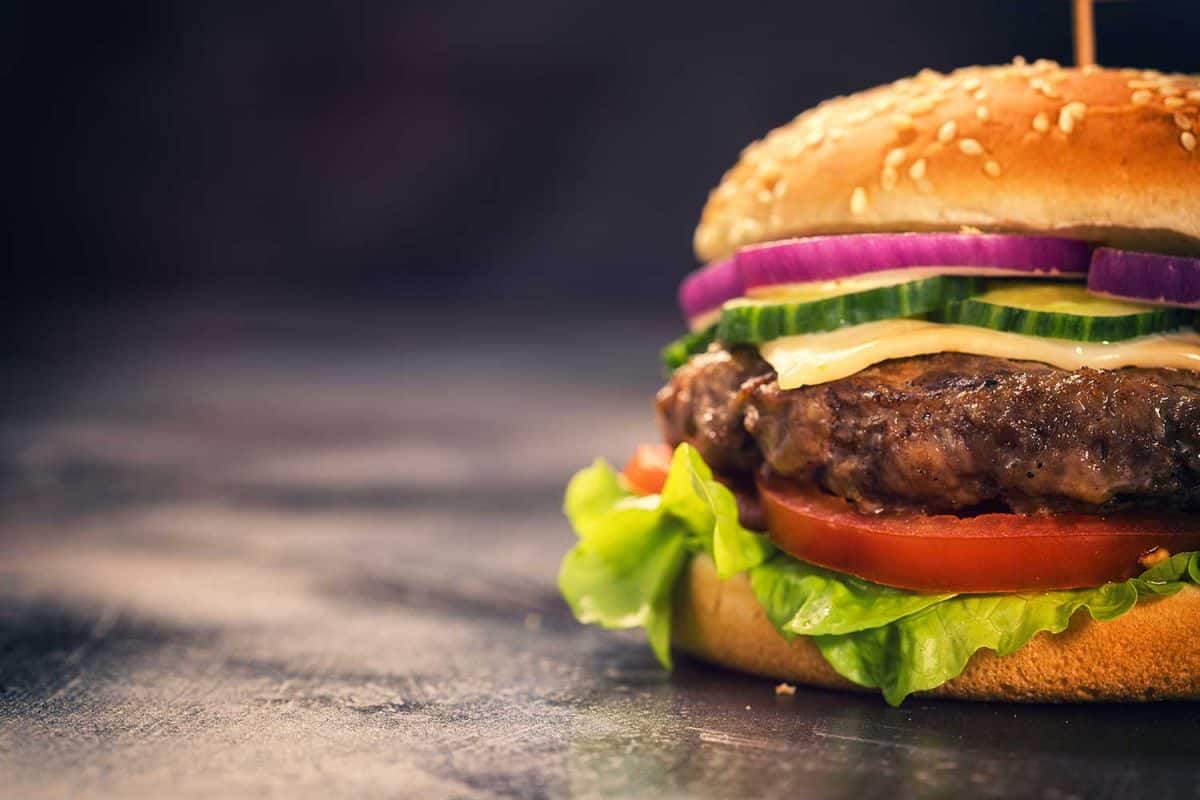Keep Frozen Beef Hamburgers From Falling Apart on Grill
Disclosure: We may get commissions for purchases made through links in this post.
If you've ever tried making a classic hamburger recipe at home, you would know the struggle behind getting it to stand. It is a pain to see the rich, flavorful beef patty crumble away before you could even savor its taste. So, what is the secret to making the hamburger bulletproof?
You can keep your hamburgers from falling apart by closely paying attention to each component of the process. Start by choosing the right meat with a good cut and appropriate fat content. Next, structure the patties and cool them down before use. Lastly, be mindful of the temperature, time, and cooking techniques you use.
You likely have many questions regarding how to make an outstanding burger. Keep reading as we dissect each potential factor responsible for standing in the way of you and the perfect hamburger!

Why Are My Burger Patties Falling Apart?
Your burger patties fall apart because of negligence towards accommodating them with precise conditions. Did you contemplate the choice of meat, cut, or fat content? Did you treat cooking time, grill temperature, or patty preparation as crucial steps in the process?
If you did not do any of it, no worries, practice makes perfect! Let us identify each mistake that you may have made during the process.

Choosing the Right Meat
Don't make a hamburger without quality beef at hand. Should you use meat with too little fat content, your burger would crumble.
Fats provide the necessary moisture and taste to the patty that will otherwise dehydrate on the grill and break apart. The ideal fat value is 20 percent, but 15 percent can work too.
Choosing the Right Cut
By default, you may exclude several different beef cuts that do not meet the criteria for fat content. Beef cuts such as sirloin are too lean to add flavor and texture to the burger.
The beef cut is a much-acclaimed choice in this regard. It comes with a perfect lean-to-fat ratio (80 to 20 percent), a nice blend of flavor, and a classic coarse grind. You may choose to complement the chuck with a leaner version such as bacon but be mindful of the fat content you supply to the burger.
Getting the Right Grind
Your choice of meat should have a coarse grind structure to sustain its integrity and cook well. Ideally, if you grind the meat yourself, you will reach the perfect coarse grind with 100% transparency of ingredients.
If you are buying at the market, ask the butcher to grind the meat fresh. Otherwise, buy a store trim version with the date and structure of the grind at the back.
Preparing the Patty

Proteins contract upon heating. Thus, your patty is likely to curl up on a grill pan. You will not be able to assemble a hamburger with a puffed-up patty, causing it to fall. To avoid this, poke in an indent in the middle of the patty with your thumb during preparation.
Storing the Patty
The USDA recommends storing ground beef at 40 degrees Fahrenheit before using it. Remember, the meat needs this treatment after shaping too.
Let the patty cool in the refrigerator. If you make your patties beforehand, freeze them up. However, shift them into the fridge 20 minutes before use.
If you do not cool your meat altogether, it will be incapable of handling the heat from the flame, causing it to crumble.
Spicing the Right Way
Limit any liquid dressing to the burger bun itself only. For your patty, restrict to powdered seasonings or use specially curated spice blends.
Moreover, be careful about when and how you salt the burger. The cooking agent may be infamous for its versatility, but it soaks in water from the meat proteins. As a result, the patty starts sticking together and losing shape.
Form your patties, cool them down, and only add the salt when they are about to hit the flames. Put the seasoned side down on the stove and while it cooks, season the other side.
Cooking the Patty

Many assume pressing down hard on the patties with a spatula gives them shape. In reality, that only damages them. The meat is likely to crumble and fall off the cavities in the grill. Additionally, the force also presses down the juice from the burger into the flames.
Once you put down one side of the patty on the flame, let it cook for 1 1/2 minutes. This way, once you flip it, there will be a solid crust to support its structure.
Setting the Right Grill Temperature
Burgers need medium-high to high grill temperatures (350-400 degrees Fahrenheit) to achieve the perfect consistency. This temperature can trigger the Maillard reaction whereby nutrients develop and add taste to the meat. Should you fail to comply with it, your patty would fail to develop a crust strong enough to sustain its shape.
People often severely lower the flames to provide ample time for the meat to soak the flavor. On the contrary, you deprive it of moisture bit by bit by constantly exposing it to the fire.
How Long Should I Cook Burgers?
The USDA guidelines require cooked beef to have an internal temperature of 160 degrees Fahrenheit. This temperature takes about 3-4 minutes to reach. The only precise way to check is by using an instant-read meat thermometer. The device takes merely 2-3 minutes for temperature response and provides 95% accuracy.

Click here to see this thermometer on Amazon.
If you are curious to know if you can leave a meat thermometer in the meat while it cooks, check out our post for the answer .
When you neglect the cooking time and temperature for your patty, chances are you take it off while it is still undercooked. It would then cease to maintain its structure and crumble away. On the contrary, an overcooked patty will break apart due to dryness and lack of binding power.
Is it Better to Cook Burgers in the Oven or Stove?
Whether you choose to cook the patties in an oven or stove is up to your personal preference. Neither is the wrong way, but each has its pros and cons regarding health, prep time, and texture.
Baking your burger patty is a safer, healthier option that fiddles with fewer manual considerations of temperature, time, and flipping. In contrast, stove-cooked burgers are crispier, tender, and take merely 5-10 minutes to soak in all the flavor.
Cleaning the Grill
Have you ever had a burger fall apart merely because it glued down to the grill? If yes, your next step should have been to clean the grill. Burgers tend to stick down to leftover crusts, dust, and oils on the grill.
Do not go out picking a chemically rich cleaning agent for the girl unless you'd like the burger taste of detergent. Mildly heat the grill, use a wet cloth and dishwashing soap, and gently scrape off every bit of debris.
How Do You Bind Burger Patties Without Eggs?

Cracking an egg open and mixing it in the meat is a popular way to stick stubborn patties together. However, if eggs aren't your cup of tea, here are some alternative binders that may work:
- Oats
- Breadcrumbs
- Avocado
- Chickpeas
- Flax mixed with water
Each of these substitutes influence the taste and cooking technique of your burger. However, if you manage to hit the mark right, there will be no need for an external binder.
For your hamburger, be mindful of the meat tricks we shared with you. Get freshly ground beef that is 80% lean. Do not overpack the patties. Instead, take apart enough meat, make a ball, and gently squeeze to get the shape. Lastly, make sure you refrigerate it before use.
How Do You Make Burgers Juicy?

In addition to the many components discussed, there are three fundamental secrets for getting the right juiciness in a burger:
- Well-grinded meat with the ideal fat content allows sufficient moisture for the burger to harness all that juice.
- While liquid dressings are strictly advised against, adding a small amount of water into the mix could be beneficial. Use a tablespoon or two of it and let the meat soak it in before you make a patty.
- Do not interrupt the cooking of the burgers with flips and pats. It does little but cause the juice to run into the flames.
The Takeaway
With the information at hand, now you must grant your hamburger all the room to show off its potential. Gear up because you will soon be making mighty, juicy burgers that do not fall apart. We hope you found the information above insightful!
Before you go, do you have other questions regarding burgers? Do you wonder if you should butter hamburger buns? We have the answer! For more information, check out our post here . Until next time!
Source: https://kitchenseer.com/how-to-keep-hamburgers-from-falling-apart/
0 Response to "Keep Frozen Beef Hamburgers From Falling Apart on Grill"
Post a Comment